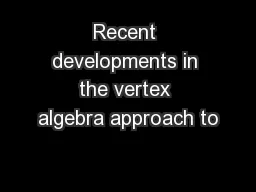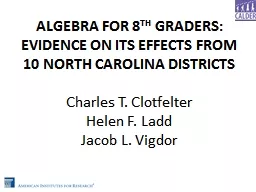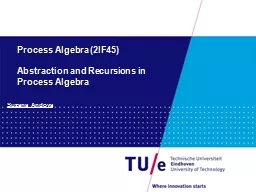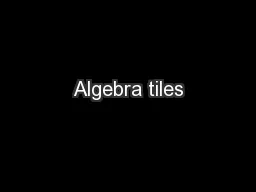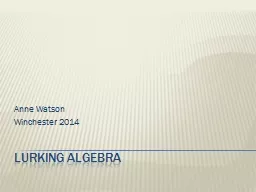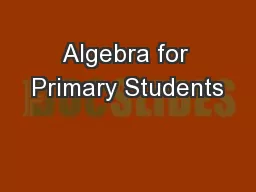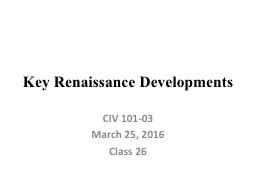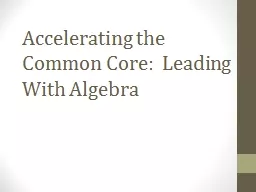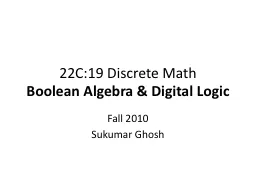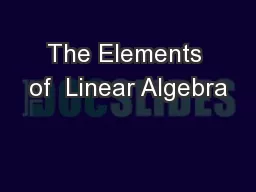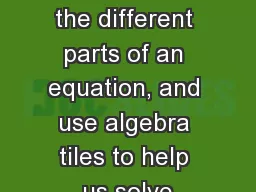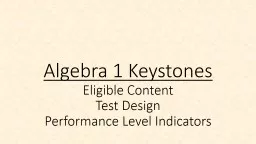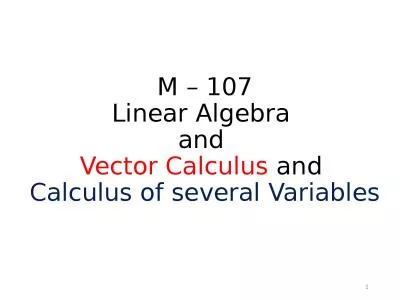PPT-Recent developments in the vertex algebra approach to
Author : luanne-stotts | Published Date : 2018-03-21
toric mirror symmetry Lev A Borisov Mathematics Department Rutgers University Birds eye view of Mirror Symmetry CalabiYau variety X complexified Kähler class
Presentation Embed Code
Download Presentation
Download Presentation The PPT/PDF document "Recent developments in the vertex algebr..." is the property of its rightful owner. Permission is granted to download and print the materials on this website for personal, non-commercial use only, and to display it on your personal computer provided you do not modify the materials and that you retain all copyright notices contained in the materials. By downloading content from our website, you accept the terms of this agreement.
Recent developments in the vertex algebra approach to: Transcript
Download Rules Of Document
"Recent developments in the vertex algebra approach to"The content belongs to its owner. You may download and print it for personal use, without modification, and keep all copyright notices. By downloading, you agree to these terms.
Related Documents

